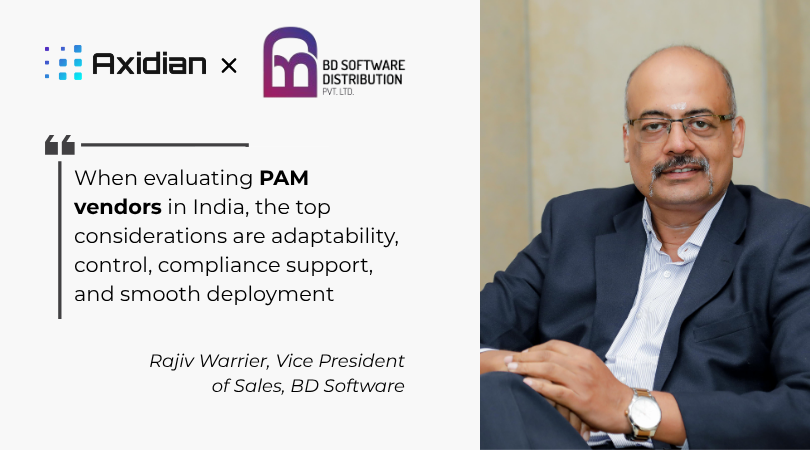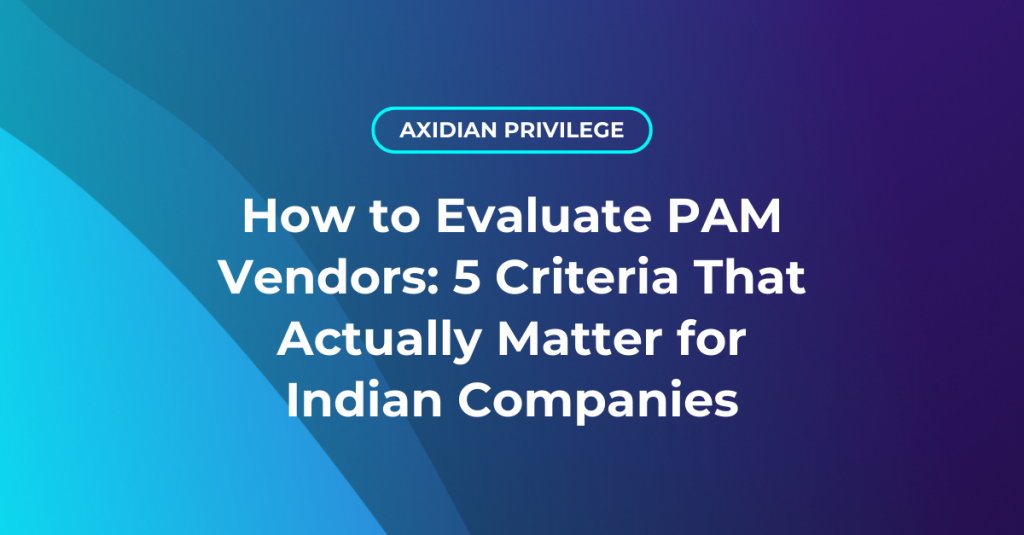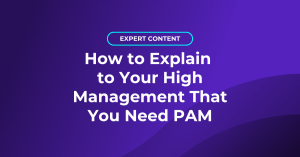Privileged Access Management (PAM) helps organizations reduce the risks associated with access to high-level IT resources.
In this article, we break down five things that truly matter when evaluating a PAM solution. These criteria help you compare PAM solutions and find the right fit for your infrastructure considering compliance needs and growth plans — especially in fast-growing markets like India.
Why PAM Is Non-Negotiable
Privileged accounts have access to the most important systems of the company. Domain administrators, cloud managers, and database operators have elevated privileges. If attackers gain access to such an account, they don’t need to escalate privileges — they’re already in the cockpit.
India has seen a dramatic surge in cyberattacks over the past year — particularly targeting the banking and financial sectors. According to a joint report by CERT-In and SISA, 2024 saw a sharp increase in threats including AI-enabled phishing, API vulnerabilities, and insider fraud.
More broadly, India experienced over 2 million cybersecurity incidents in 2024 alone — ranging from vulnerability scans to targeted malware and legacy service attacks — placing it among the most attacked countries globally.
These trends highlight the urgent need for Privileged Access Management (PAM) solutions to protect critical systems and identities. PAM enforces least privilege policy, enhances user authentication with 2FA, and makes every access session visible and auditable.

“When evaluating PAM vendors in India, the top considerations are:
Focus on how well the solution adapts to your IT landscape — hybrid, legacy, and cloud.
Look for strong session monitoring, granular access controls, and integration with your existing directory and ticketing systems.
IT compliance is also a key factor — the PIM/PAM technology should help in meeting the compliance mentioned in the Cyber Security Cyber Resilience Framework suggested in ISO, HIPPA, DPDPA, GDPR to name a few, apart from guidelines laid down by RBI, SEBI and IRDA.
Lastly, don’t overlook the ease of deployment and support — that’s where most projects stall.”
Rajiv Warrier, BD Software Distribution Pvt. Ltd.
Choosing a PAM Solution That Works with Your Stack
A system that’s hard to use will be avoided or worse, bypassed. Good PAM solutions keep things clear for both administrators and end users.
That means:
- Easy-to-navigate web interfaces
- Simple access request workflows
- Role-based controls
A flexible API layer provides the possibility of automation and orchestration — a feature supported by several leading vendors, including Axidian Privilege.
Defining Sufficient PAM Functionality
Don’t settle for a partial toolset. A mature PAM solution should offer:
- Privileged accounts discovery
- Password and SSH key rotation
- Just-in-time access with time limits
- Policy-based session launch and monitoring
- Audit-ready logs and video recordings
- Third-party access support
Some vendors including Axidian also offer secure application-to-application password delivery — a useful tool which allows passing credentials to services and scripts eliminating the necessity of storing credentials in plain text.
Aligning with Indian Cybersecurity Regulations
In India, PAM plays a direct role in meeting key regulatory requirements:
- RBI requires control over privileged accounts, MFA, and regular access reviews.
- SEBI enforces identity governance and secure remote access.
- IRDAI demands full access lifecycle management and session control.
- CERT-In calls for strong authentication and detailed logging.
A reliable PAM solution helps implement these controls consistently. Axidian Privilege, for example, provides credential management, session monitoring, and access control, making it easier to align with audit and policy expectations.
Checking the Vendor’s Commitment, Reputation and Support
Make sure the vendor has a track record and the future. Look for:
- Regional support (especially important in India)
- Transparent product roadmap
- Consistent updates and documentation
- Local implementation partners
This is where long-term partners like Axidian make a difference — offering regional presence, flexible licensing, and customer support.
Scaling Access Control with Your Business Growth
Your PAM system should grow with you. Whether you’re adding users, expanding into hybrid cloud, or managing distributed teams — PAM system should be able to adapt.
Modern tools support a wide range of devices, OS types, and authentication methods. Some tools also allow deployment in single-server, distributed, or high-availability modes, making it easier to match your infrastructure design.
How to choose a PAM solution?
There’s no universal “best” PAM solution. Choosing the right tool depends on your infrastructure, your risk profile, and how mature your identity security practices are.
Vendors like Axidian offer PAM platforms that combine credential vaulting, session management, access workflows, and compliance reporting in one ecosystem remaining flexible enough to integrate with existing tools and processes.
If you’re in the process of evaluating vendors or preparing for implementation, consider seeing how these tools work in practice.
Book a free demo to explore how Axidian Privilege can support your access security goals.
And don’t forget to follow us on LinkedIn for updates, product tips, and industry news.



